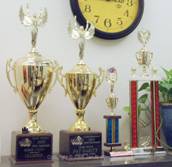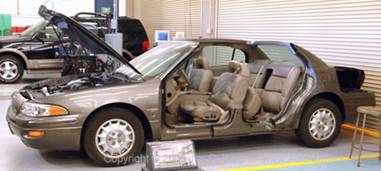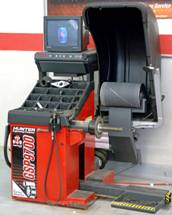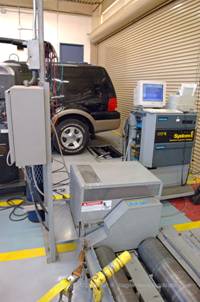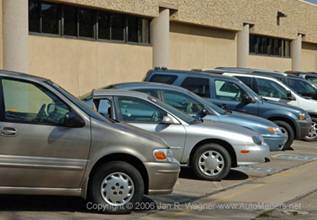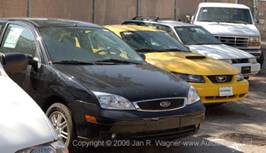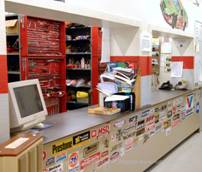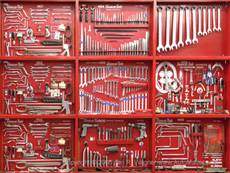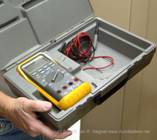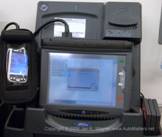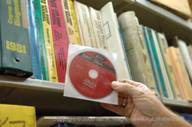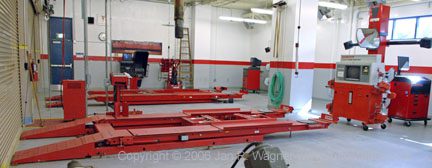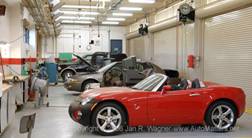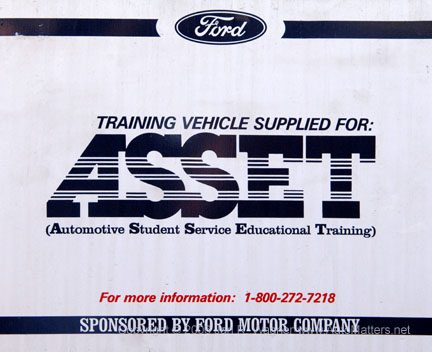
Careers in Automotive Technology
If you or someone who you know is trying to decide on a career path, here is one idea worthy of serious consideration. The next time you’re stuck in bumper to bumper traffic, take a good look around and think about this career opportunity that surrounds you. Today’s automobiles are made up of complex and inter-related mechanical and electronic systems. Every one of those vehicles has something else in common. They all require regular automotive service performed by highly skilled automotive technicians.
Did you know that your automobile’s CD player has more computer memory than the first Apollo spaceship? Knowing that, just imagine how much computing power is contained in today’s incredibly sophisticated automobiles. Training tomorrow’s competent automotive technicians is a challenging task.
The financial rewards for students who succeed can be great. It is not uncommon for Master Technicians to earn more than $100,000 per year. I don’t know about you, but I’ve never earned nearly that much, despite years of post-secondary education. Perhaps I went into the wrong line of work. In contrast, automotive service technology presents excellent career opportunities.
Now that I’ve got your attention, you may be wondering how to take advantage of these golden opportunities. The auto manufacturers are well aware that they require a steady supply of highly skilled, career oriented technicians, so they have invested heavily in their training – which is provided at community colleges and technical schools. I paid a visit to San Diego County’s Cuyamaca College, where two such programs are thriving: Ford Motor Company’s ASSET (Automotive Student Service Educational Training) and General Motors’ ASEP (Automotive Service Educational Program). Additionally, there is a broad general program.
I met with Pat Garity, who is the Ford ASSET program coordinator at Cuyamaca College. He is also a long-time racer and automotive enthusiast. We spent several hours talking to each other as he gave me a tour of the Automotive Technology facilities. I left with a good appreciation for the depth and quality of the training.
Let’s get something straight from the outset. This is not a basic, strictly vocational automotive program. Rather, this rigorous, academically challenging course of instruction combines four years worth of hard work into a two year period, which includes summers.
To earn a two-year Associate Degree, students are required to demonstrate proficiency in such college level academic subjects as Algebra, Sociology, English, History, Communications and the Arts.
The college completed a major renovation of their Automotive Technology complex in 2005, and the results are impressive. From modern classroom space to a state-of-the-art computer lab, the classroom environment is very conducive to learning.
ASSET automotive subjects include Brakes and Alignment, Engine Repair, Power Train, Electronic Engine Controls, Tune-up and Emissions, Electrical, Accessories and Air Conditioning.
The automotive training is hands-on. Students use the latest automotive service equipment and work on a wide variety of modern automobiles and components.
Auto manufacturers (Ford and GM) provide vehicles for the students to learn on. These new and near-new vehicles include those that were manufactured prior to certification, vehicles caught in floods and manufacturer buy-backs.
Manufacturers also provide a full array of tools and diagnostic equipment.
Other automotive partners also participate in mutually beneficial ways. For example, Hunter provided brakes and alignment equipment. In return, they use the space in the college to conduct their own training programs for a few weeks each year.
A vital component of the training is work experience, which is a requirement for graduation. In the Ford ASSET program, Ford and Lincoln-Mercury dealerships hire carefully selected students to work for them for several semesters, in alternation with their studies at Cuyamaca College. The students are paid and work closely with dealership personnel. This provides them with invaluable work experience and an excellent chance to get a fulltime job at that dealership when they graduate.
Competition among students for the maximum of 24 openings is stiff.
Eventually some graduates move into other opportunities beyond those presented by automotive dealerships. For example, some start their own businesses.
Other students have been employed by professional automobile racing teams. Pat Garity is quite proud of the fact that he introduced some students to racing by taking them to Cajon Speedway to see their first races.
The 2006 fall semester at Cuyamaca College begins on August 21. The application deadline is August 18. For more information, go to www.cuyamaca.edu or call Pat Garity at (619) 660-4267.
Drive safely and do join me again next time.


